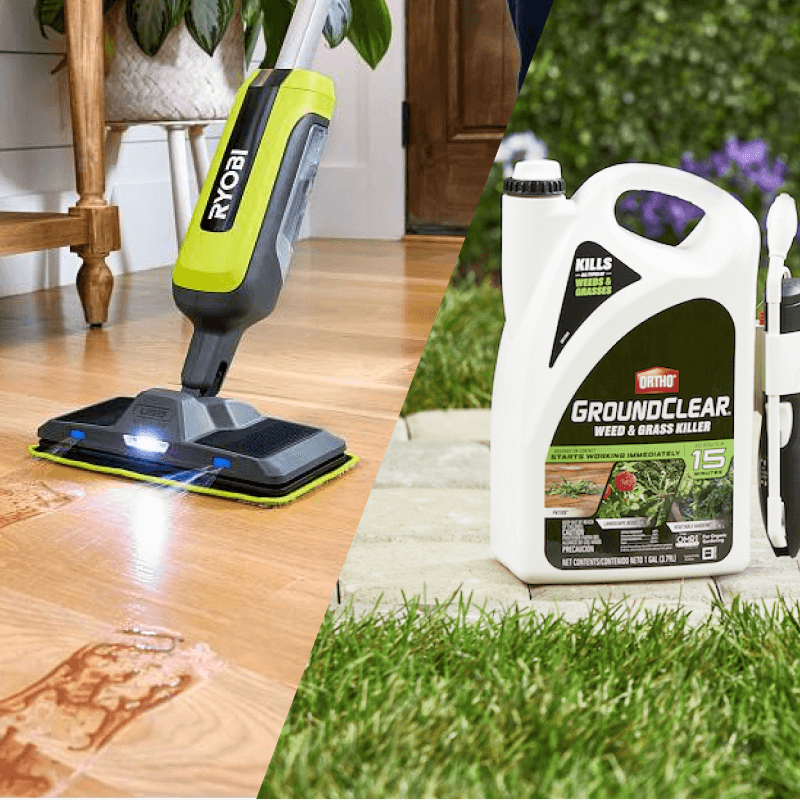When the west coast hears rumbles of warmer water and unusually high amounts of rainfall, they know El Niño is on its way. This type of irregular climate change occurs every two to seven years. While some savor the moment as relief from the desperate drought, it’s still important to exercise caution and prepare for unexpected circumstances.
In the latest advisory report, the National Weather Service predicts higher precipitation than usual through March for southern tier states. The weather is not consistent, though, and breaks from the rain provide a window of opportunity for homeowners who have yet to prepare.
“There are two things that generally happen during this type of weather,” explains Home Depot’s Jerry Camacho, “Repair and replace.” Based in California, the regional merchandising manager for the area has a deep understanding of the El Niño situation currently facing homeowners. When his Home Depot team heard about the potential El Niño storms coming last September, they proactively prepared. “We stocked up with three times the amount of rain-related products normally needed. Now we have them on hand to serve the community faster.”

Take the Time to Prepare
“When the rain comes down, it usually requires quick action,” says Jerry. Roof repair and erosion bags are the first items to fly off the shelves. People don’t initially realize they need erosion bags—bags filled with sand—but they are good for diverting rain outside of the home.
Heavy rain and flooding often lead to damaged roofs. When storms impact hundreds of people in a concentrated area, it can take weeks before a contractor can come by and assess the situation. Homeowners should be prepared with the resources to patch up problems and provide quick solutions until more permanent repairs can be made. Wet Patch roof cement is a good item to have on hand to prevent roof leaks. The sealant can patch holes in rain or under water.
It’s also important to move sensitive items away from areas that may experience flooding. Anticipate where water may leak through the home and set up a water alarm. The battery-operated device announces the presence of water with a noise alert, letting you be the first to know when water is accumulating in areas like the basement.
“Once homeowners determine where rain could potentially come in, they can minimize or eliminate it so there’s less damage and less expense,” says Jerry. Additional steps include cleaning the gutters of any debris and making sure batteries, flashlights and backup generators are ready in case of a power outage.
Assess and Repair the Damage
“When El Niño comes, it’s usually in spurts,” points out Jerry. “It will be here for a day or so, and then there will be a few days with no rain. That’s when people start replacing any damage items—while the sun is out.”
Once the adverse weather subsides, check the walls, foundation, ceiling and floors of the home for any damage. When there’s a lot of water damage in a short period of time, it can impact the interior of the home, like the drywall. Wet/dry vacuums can be used to remove any water that has built up in an area. If you need a contractor to fix a bigger issue, Home Depot can help with that, too.
For anyone still waiting for the rain to hit, Jerry shares his biggest tip: “I would encourage people to review the weather reports daily, particularly here in Southern California. We aren’t used to this kind of rain exposure, so we need to be prepared.”






